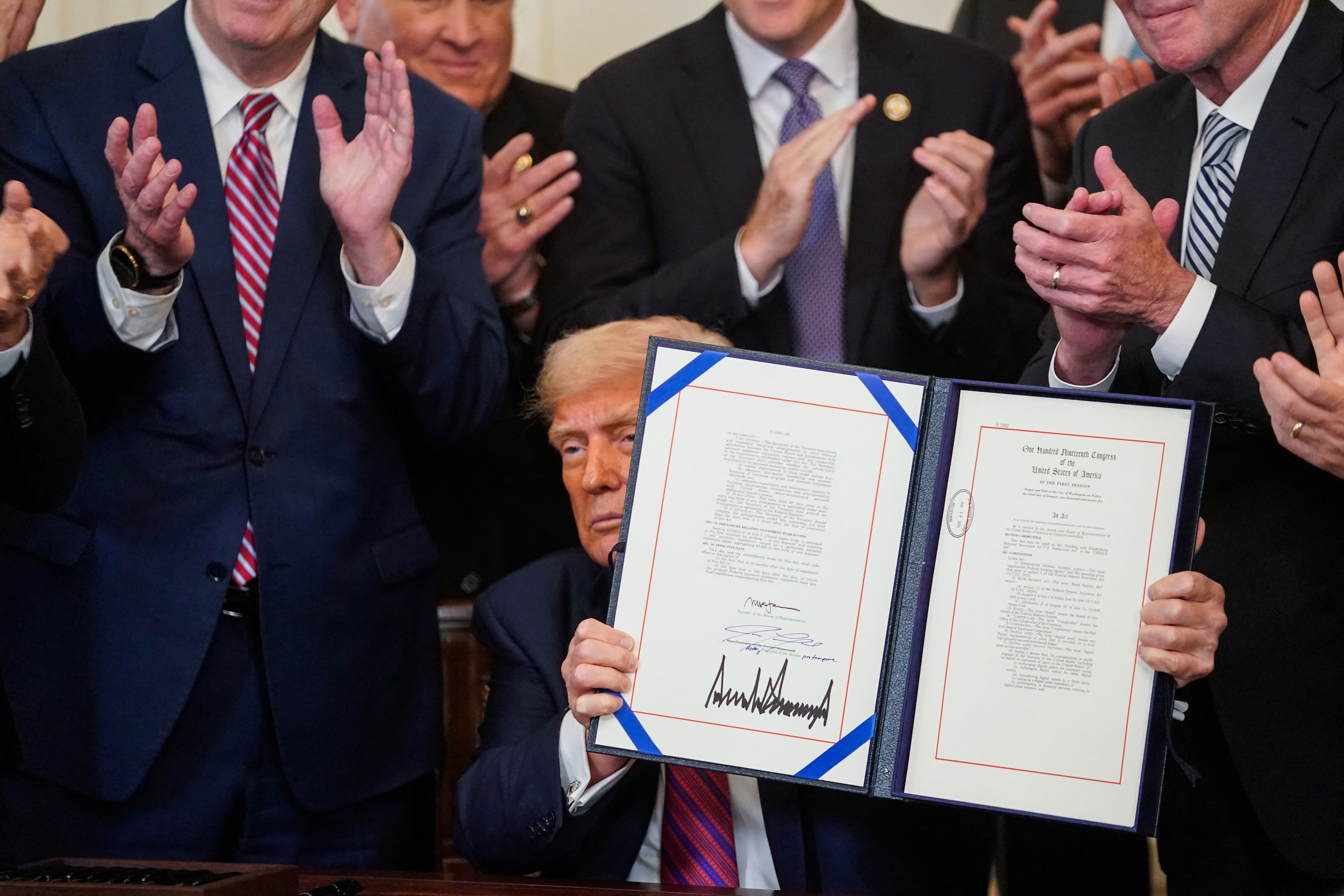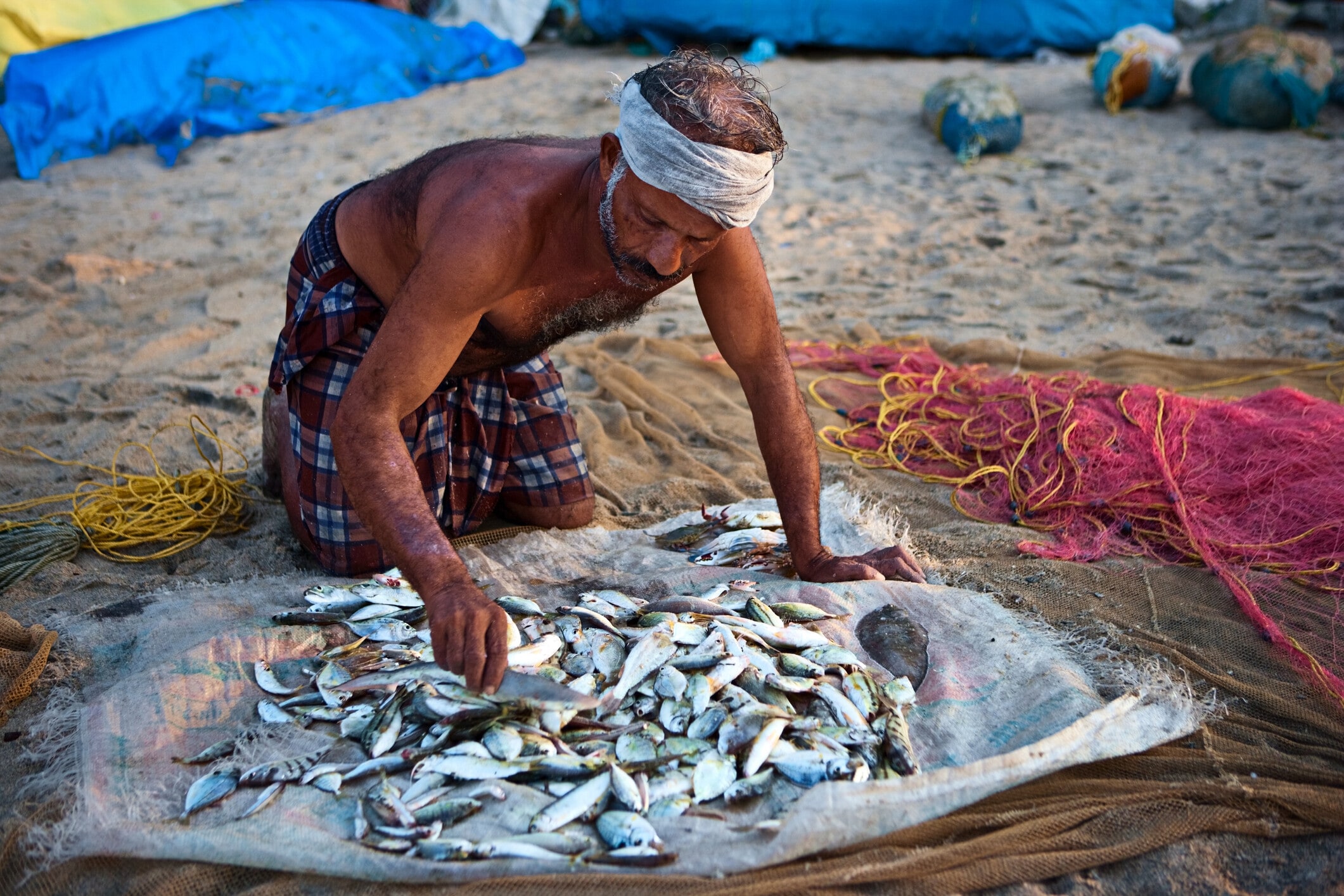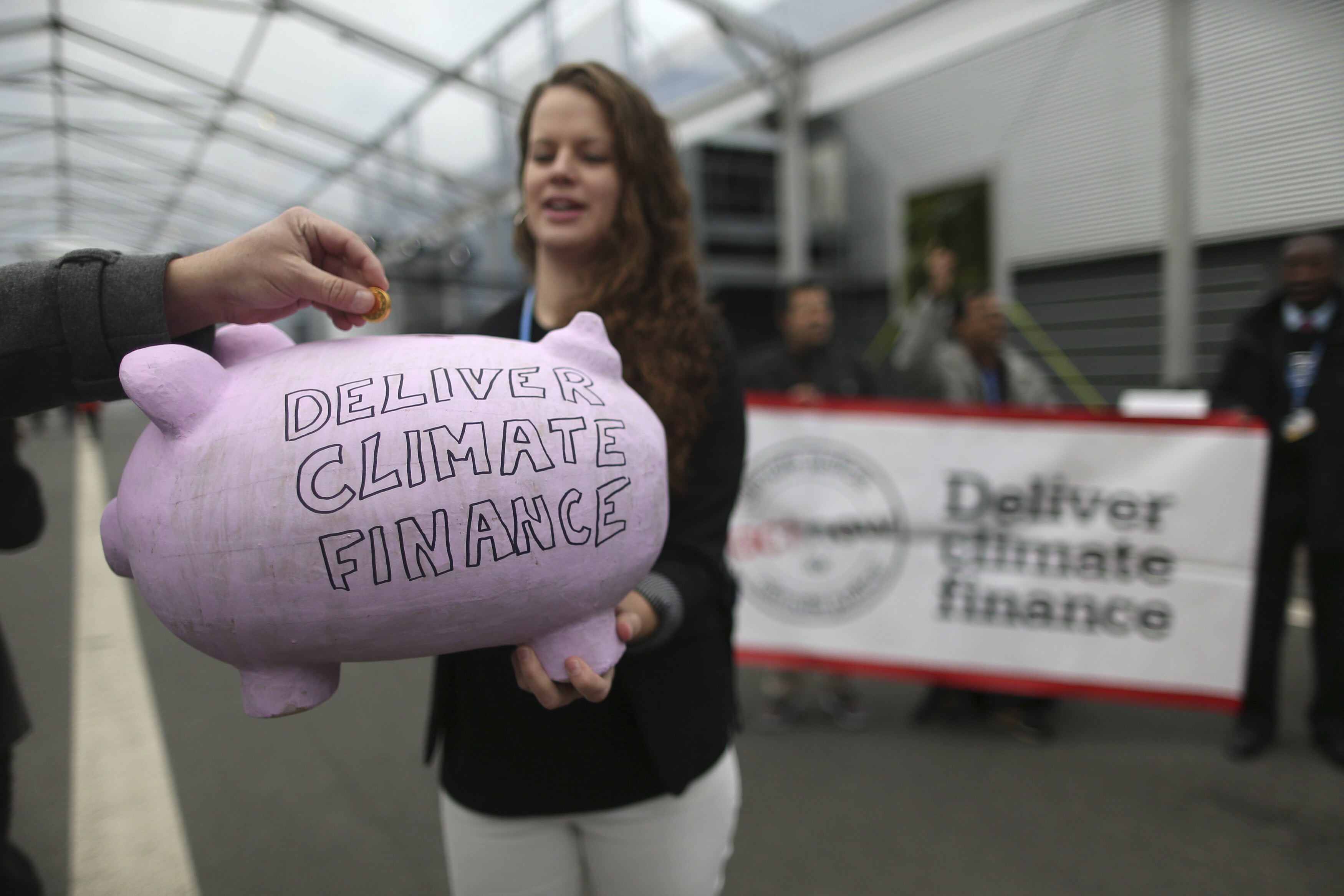Why it pays to solve India’s water crisis

Stay up to date:
Fresh Water
India’s growing economy means rising demand for water in an already water-stressed country. Projections indicate that the water demand for agricultural, industrial and domestic uses is likely to increase in the coming decades.
The impending water crisis is already evident in several parts of the country. After accounting for drinking and irrigation, which are priority needs, the residual usable water for industry and energy is predicted to shrink in volume from 492 bcm (which it was in 2010) to 197bcm in 2025, assuming that the total utilizable water remains the same.
In a primarily agrarian country such as India, farming (providing the country’s all-important food security) is the major water use, followed by industries. In this context it is crucial to put legal, regulatory and institutional mechanisms in place to efficiently manage supply and restrain demand and to explore how water, energy and food security are interlinked.
The starting point for SABMiller India in tackling these challenges has been to reduce our overall water uptake and optimize energy consumption within our own operations. But even taken to their limits, these improvements have only a small impact on water availability, because the vast majority of water is being used in agriculture.
So our efforts towards resource sustainability in Neemrana-Rajasthan, Sonepat-Haryana and Medak district of Telangana strive to evolve comprehensive frameworks for cooperative management of water and energy in watersheds.
This approach achieves savings in both water and energy, while increasing food security. It has also benefited farmers by increasing productivity by more than 20%, increasing cropping intensity by 20-30%, reducing soil erosion and increasing water availability through storage and groundwater recharge.
Risks emerging from the scarcity of water are often exacerbated by mismanagement, weak governance and by the absence of a multidisciplinary and multistakeholder approaches to resource management. Clearly, one player alone cannot mitigate the complex and often deeply embedded causes of water risks. All water users and policy-makers need to work together, with an understanding of the ultimate convergence of their interests, to achieve water security.
This requires strong partnerships among government departments, research institutes, industrial units, civil-society organizations and the local community. Our approach in these regions combines scientific and participatory techniques with efforts focused on achieving large-scale user and stakeholder participation. This is essential, as the availability of water for each of us is affected by the manner in which other users operate.
The Water Resources Group framework is one approach to supporting and driving engagement among businesses, NGOs, development agencies, policy-makers, public-sector authorities, civil-society organizations and communities. In countries such as South Africa and Tanzania, SABMiller has led and supported the framework to help create buy-in to the notion of shared water risks, open a dialogue on how to tackle these risks and highlight the role of the private sector in promoting sustainable water management.
In line with the need to drive further collective action, we now see an opportunity in Maharashtra to lend support to the State Drought Management Programme through the WRG framework. By sharing what we’ve learned from forging collective action partnerships within the watersheds where we operate, we hope to strengthen the framework’s ability to supplement the state’s efforts to mitigate resource risks and achieve socio-economic development.
There is a strong business case for doing this, since support for these kinds of partnerships helps to ensure the long-term sustainability of local operations. Water risks are shared risks: if we fail to address them, they will reduce the growth potential of our business, hold back the livelihood development of local communities and ultimately constrain India’s economic growth. Given the strong shared interest in releasing these constraints on growth at every level, we see an untapped opportunity here for both policy-makers and companies. There are real economic and social returns to be made from investments in resilience and water security. It is an agenda that is central to building India’s prosperity.
More on India
India must tackle its food waste
Six ways to revolutionize India’s agriculture
What rural India can learn from Silicon Valley
2014 India Economic Summit
Latest news, views and videos
Author: Grant Liversage is managing director of SABMiller India.
Image: Residents of a slum collect drinking water from a tanker at a roadside in Kolkata December 11, 2009. REUTERS/Parth Sanyal
Don't miss any update on this topic
Create a free account and access your personalized content collection with our latest publications and analyses.
License and Republishing
World Economic Forum articles may be republished in accordance with the Creative Commons Attribution-NonCommercial-NoDerivatives 4.0 International Public License, and in accordance with our Terms of Use.
The views expressed in this article are those of the author alone and not the World Economic Forum.
Related topics:
Forum Stories newsletter
Bringing you weekly curated insights and analysis on the global issues that matter.
More on Financial and Monetary SystemsSee all
Sandra Waliczek
August 8, 2025
Rebecca Geldard
August 7, 2025
Aurora Matteini and Derek Baraldi
August 6, 2025
Sandra Waliczek and Harry Yeung
July 29, 2025
Pranidhi Sawhney and Adam Skali
July 29, 2025
David Carlin and Sourajit Aiyer
July 28, 2025





